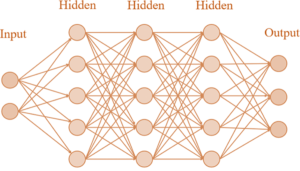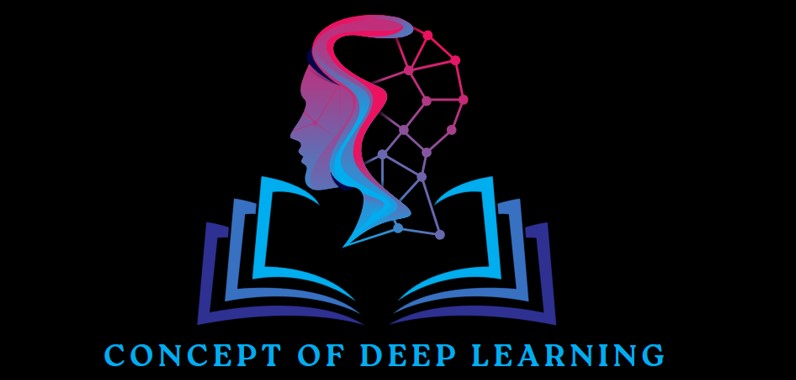Content Cover the following...
ToggleExplain the Concept of Deep Learning
Deep learning is a concept of training a neural network. Training of neural networks is done in two ways: Feed-Forward and Feed-Backward. The feed-forward neural network is considered a Convolution Neural Network, and the feed-back neural network is considered a recurrent neural network.
Convolution Neural Network deals with Image, and Recurrent Neural Network deals with the sequential tasks.

Deep learning is a subset of machine learning, a field of artificial intelligence (AI). It’s called “deep” because it involves many layers of neural networks, making it capable of handling complex tasks. Think of it as a powerful tool for teaching computers to understand and make decisions from data.
Deep learning is like teaching a computer to learn and understand things like you do in school. It’s a special kind of computer program that’s inspired by how our brains work.
Imagine you’re learning to recognize animals. At first, you might learn simple things like “a dog has fur and a wagging tail.” Then, you might learn more details, like “some dogs have pointy ears, and others have floppy ears.” Deep learning is like this but for computers.
Deep learning uses something called “neural networks.” Think of these like layers of detectives, each looking for different clues. The first layer might look for basic things like lines and shapes, while the next layer looks for more complex features like eyes and noses. Each layer of detectives works together to figure out what’s in a picture.
When the computer sees lots of pictures and keeps adjusting its detectives, it gets really good at recognizing things. So, deep learning helps computers understand and recognize stuff, like animals, just by looking at pictures, or even other tasks like understanding spoken words or playing games.
It’s like the computer is becoming a detective, but instead of solving crimes, it’s solving puzzles in pictures, sounds, and more. And that’s why deep learning is so cool!
Deep learning is called “deep” because it involves deep neural networks with multiple layers of artificial neurons. The term “deep” refers to the depth of these networks, which have many hidden layers in addition to the input and output layers.
Each of these layers in a deep neural network processes data at a different level of abstraction. The first layer might focus on simple features like edges and shapes, while subsequent layers build upon these features to recognize more complex patterns. As data passes through these layers, it becomes increasingly abstract and refined. This hierarchical approach allows deep neural networks to capture intricate and high-level representations of the input data.
The depth of the network enables it to learn and model complex relationships and representations, making it particularly well-suited for tasks that involve recognizing patterns and structures in large and diverse datasets. While there’s no strict rule for how many layers a neural network must have to be considered “deep,” deep learning models often consist of several hidden layers, distinguishing them from shallow or traditional neural networks with fewer layers.
Applications of Deep Learning :
- Image Recognition: Deep learning is used to identify objects and patterns in images, vital in fields like healthcare and autonomous vehicles.
- Natural Language Processing (NLP): It powers chatbots, language translation, and sentiment analysis in text data.
- Speech Recognition: Deep learning enables voice assistants like Siri and Alexa to understand and respond to spoken commands.
- Recommendation Systems: It drives personalized content recommendations on platforms like Netflix and Amazon.
- Autonomous Vehicles: Deep learning is critical for self-driving cars to perceive their surroundings and make decisions.
- Healthcare Diagnostics: It aids in detecting diseases from medical images, such as X-rays and MRIs.
- Financial Forecasting: Deep learning predicts stock prices and market trends.
- Game AI: Deep learning powers intelligent adversaries and allies in video games.
- Anomaly Detection: It identifies unusual patterns in cybersecurity and fraud detection.
- Generative Adversarial Networks (GANs): GANs are used to create realistic art, images, and even deepfake videos.





